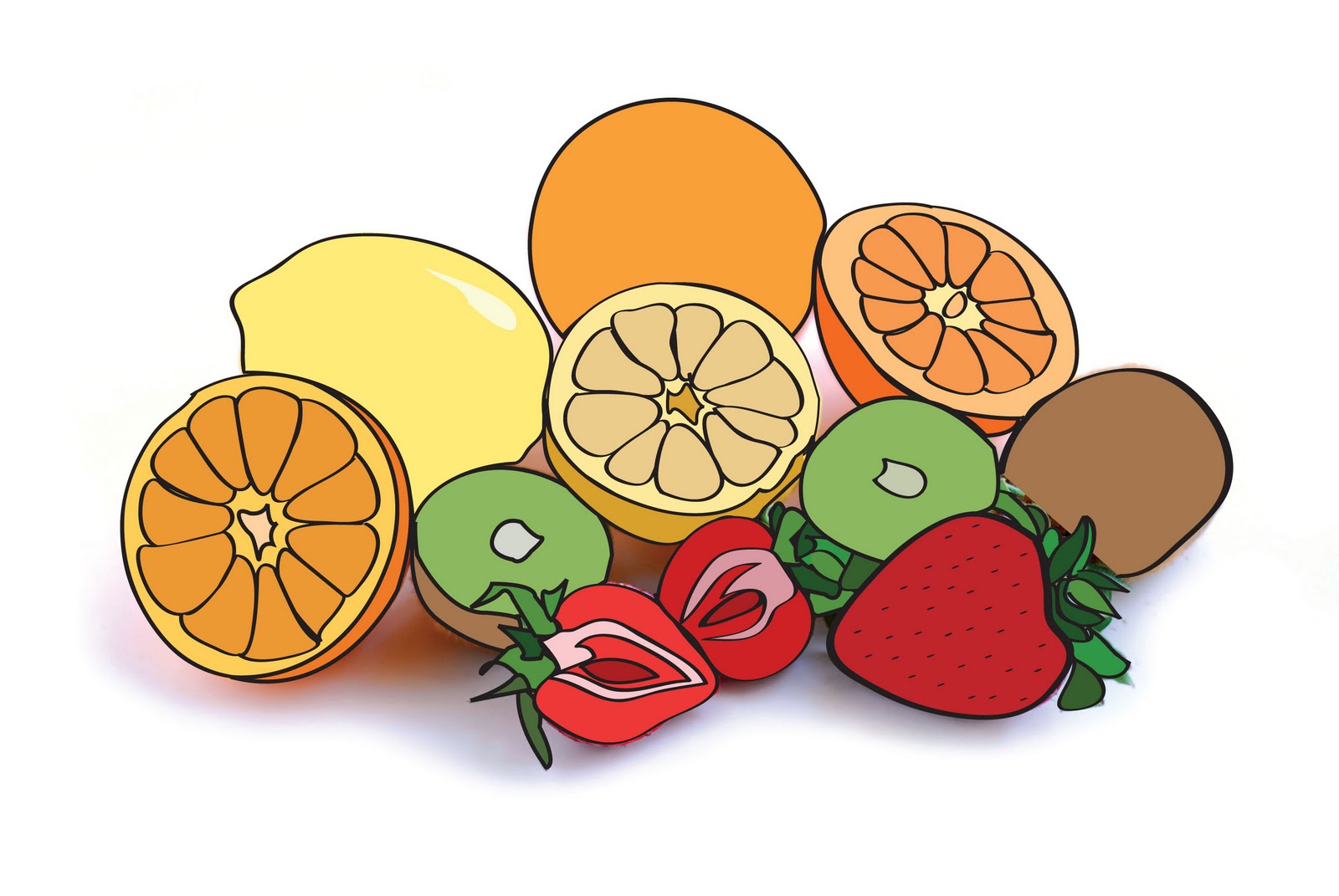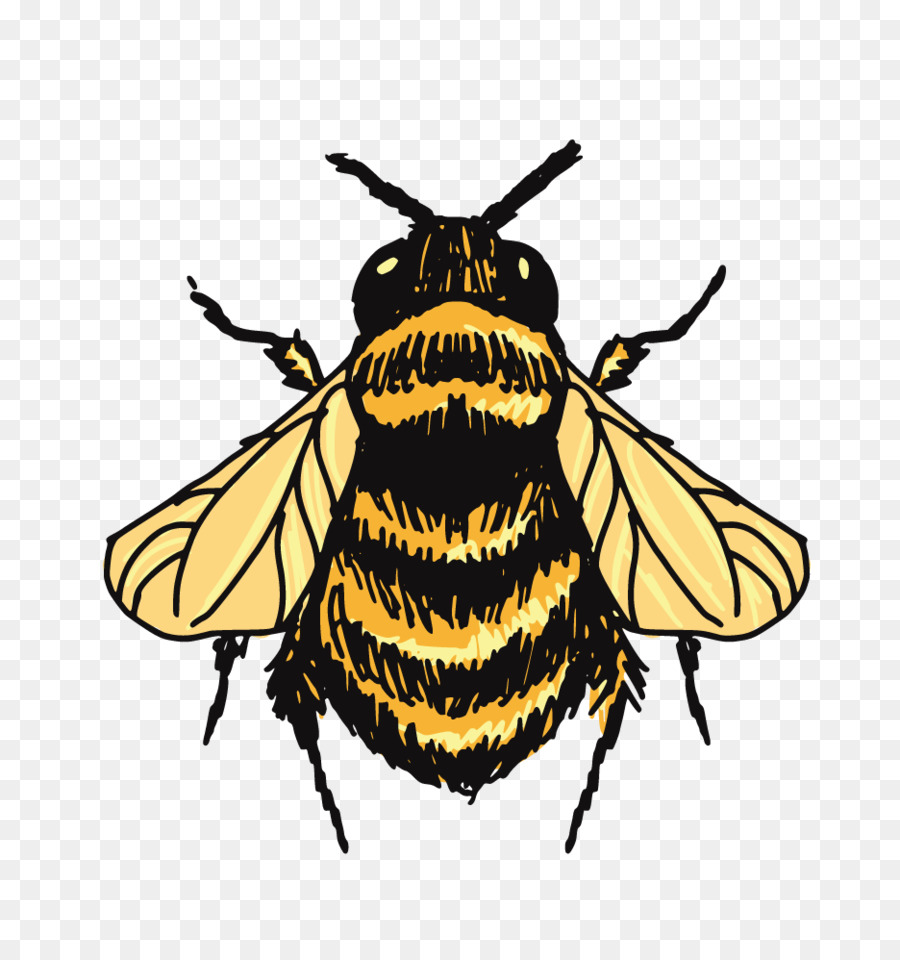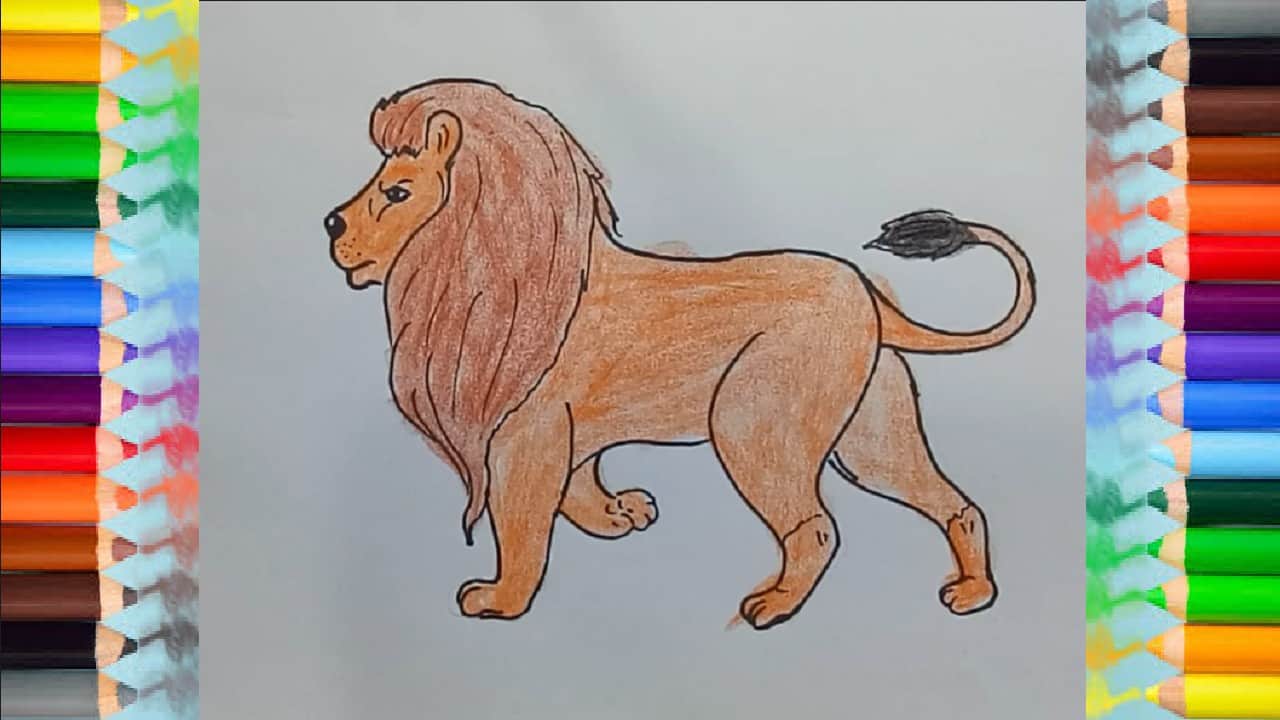Fruit bowl drawing at getdrawings
Table of Contents
Table of Contents
In this article, we will be discussing how to draw fruit. Drawing fruit can be an enjoyable experience, but it can also be a challenging task for some. However, with the right techniques and tips, anyone can create beautiful fruit drawings that are both realistic and artistic.
Pain Points of Drawing Fruit
When it comes to drawing fruit, many people struggle with getting the shape and texture just right. Others may have trouble with shading and color, leading to fruit drawings that look flat and lifeless. Additionally, beginners may feel overwhelmed by the many different types of fruit and their unique shapes and colors.
Answering the Target of How to Draw Fruit
To successfully draw fruit, it is important to have a basic understanding of its shape, color, and texture. One helpful technique is to start with a simple sketch of the fruit’s outline, ensuring that the proportions and angles are accurate. Then, slowly build up the shading and texture, using light and dark pencil strokes to create a sense of depth and dimension. It can also be helpful to study real-life fruit or reference images to accurately capture their unique characteristics.
Summary of Main Points
In summary, to draw fruit effectively, it is important to start with a basic sketch of the fruit’s shape, then build up the texture and color using shading techniques. Be sure to study real-life fruit and reference images to accurately capture their unique characteristics.
How to Draw Fruit: Tips and Techniques
When I first started drawing fruit, I was intimidated by the many different shapes and colors. However, I found that by breaking down the process into simple steps, I was able to create beautiful fruit drawings that I was proud of.
First, I begin by sketching the fruit’s basic shape lightly with a pencil. I pay attention to the proportions and angles, ensuring that they are accurate. Next, I add in the details, such as the stem and any blemishes or marks on the fruit’s skin. Then, I gradually build up the shading, using light and dark pencil strokes to create a sense of depth and texture. Finally, I add in the color, paying attention to the unique colors and patterns of the fruit.
 Practice and patience are key when it comes to drawing fruit. Don’t be afraid to make mistakes and keep trying until you achieve the desired result.
Practice and patience are key when it comes to drawing fruit. Don’t be afraid to make mistakes and keep trying until you achieve the desired result.
Choosing the Right Materials
When it comes to drawing fruit, choosing the right materials can make a big difference. I recommend using a high-quality drawing pencil, such as a 2B or 4B, to ensure that the lines are smooth and clean. Additionally, a good quality eraser is essential for removing any mistakes or unwanted lines.
 For shading and color, I prefer to use colored pencils or watercolor pencils. They are easy to use and create a beautiful, vibrant result. However, markers or pastels can also work well for creating a different effect.
For shading and color, I prefer to use colored pencils or watercolor pencils. They are easy to use and create a beautiful, vibrant result. However, markers or pastels can also work well for creating a different effect.
Creating Texture with Cross-Hatching
Cross-hatching is a technique that can help create texture and depth in your fruit drawings. To use this technique, simply create a series of parallel lines in one direction, then layer another set of parallel lines perpendicular to the first. By varying the distance and angle between the lines, you can create different textures and shading effects that make your fruit drawings look more realistic.
 #### Adding Highlights and Shadows
#### Adding Highlights and Shadows
To create a sense of depth and dimension in your fruit drawings, it is important to add highlights and shadows. This can be achieved through shading and smudging with a pencil or by using highlighter pens or ink. By carefully selecting the areas that should be highlighted or shadowed based on the light source, you can create a more realistic and dynamic effect.
Question and Answer: How to Draw Fruit
Q: What is the best way to start drawing fruit?
A: Begin by sketching the fruit’s basic shape lightly with a pencil, paying attention to the proportions and angles. Then, add in the details and gradually build up the shading and texture.
Q: What materials should I use for drawing fruit?
A: A high-quality drawing pencil, such as a 2B or 4B, is recommended for smooth and clean lines. Additionally, colored pencils or watercolor pencils can be used for shading and color.
Q: How do I make my fruit drawings look more realistic?
A: Pay attention to the fruit’s unique characteristics, including its shape, color, and texture. Use shading techniques and cross-hatching to create depth and dimension, and add highlights and shadows to enhance the effect.
Q: What should I do if I make a mistake while drawing fruit?
A: Use a high-quality eraser to remove any unwanted lines or marks, and continue to practice until you achieve the desired result.
Conclusion of How to Draw Fruit
Drawing fruit can be a fun and rewarding experience. With the right techniques and materials, anyone can create beautiful fruit drawings that are both artistic and realistic. Remember to pay attention to the fruit’s unique characteristics and take your time to build up the shading and texture. Practice is key, so don’t be afraid to make mistakes and keep trying until you achieve the desired result.
Gallery
Kathryn Baugh: Fruit Drawing 2.

Photo Credit by: bing.com / fruit drawing kathryn baugh line getdrawings
Craftsy.com | Express Your Creativity! | Fruits Drawing, Doodle

Photo Credit by: bing.com / fruits ilovedrawing siterubix
Fruit Bowl Drawing At GetDrawings | Free Download

Photo Credit by: bing.com / basket fruit fruits drawing bowl sketch easy drawings pencil sketches vegetables kids realistic baskets draw vegetable getdrawings pages drawn crayon
How To Draw Fruit, Step By Step, Drawing Guide, By Dawn - DragoArt

Photo Credit by: bing.com / fruit draw drawing food fruits cute step dragoart drawings cartoon faces candy easy chibi board foods rid hangover kids tutorial
Kathryn Baugh: Fruit Drawing 2.

Photo Credit by: bing.com / fruit drawing kathryn baugh





